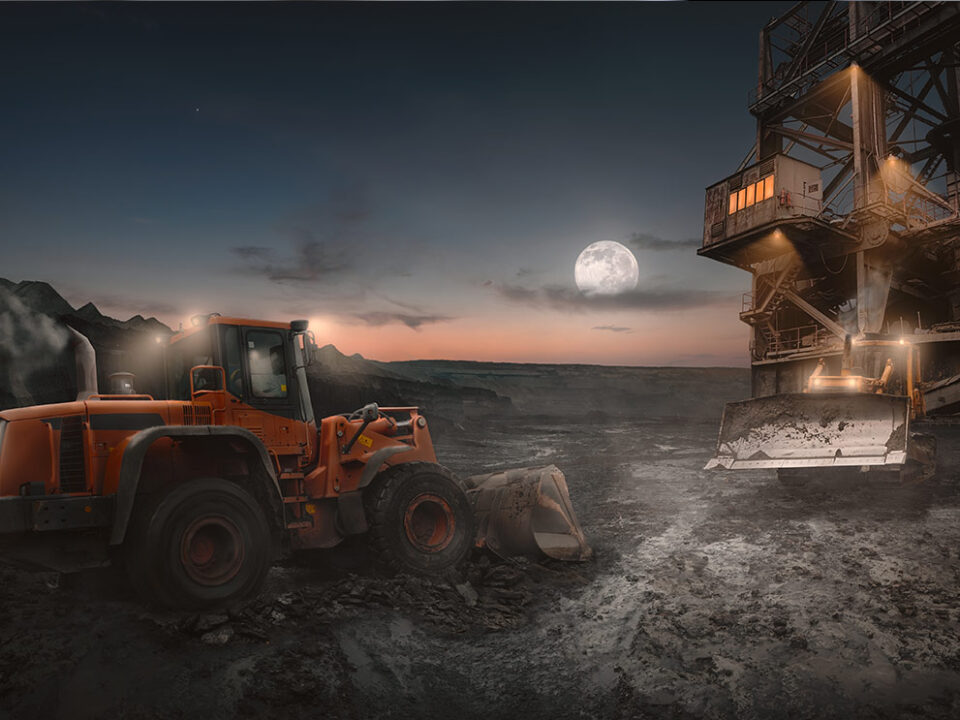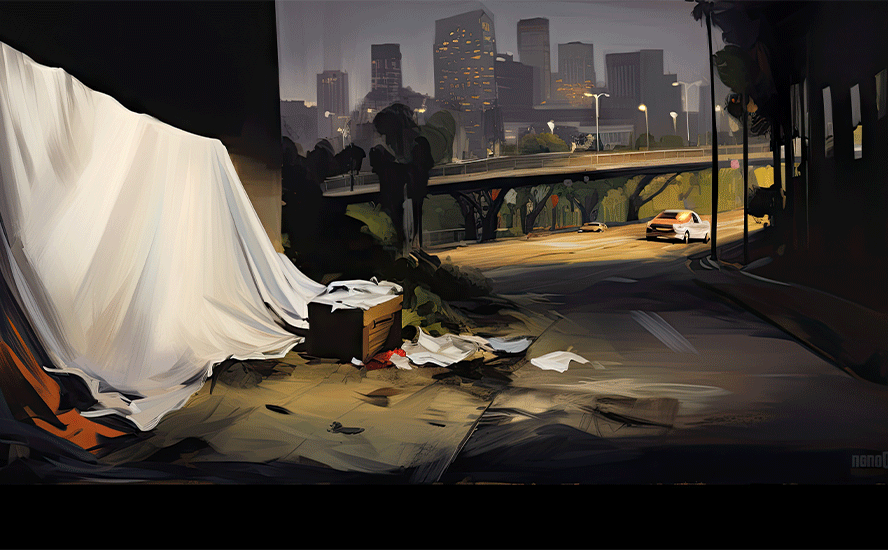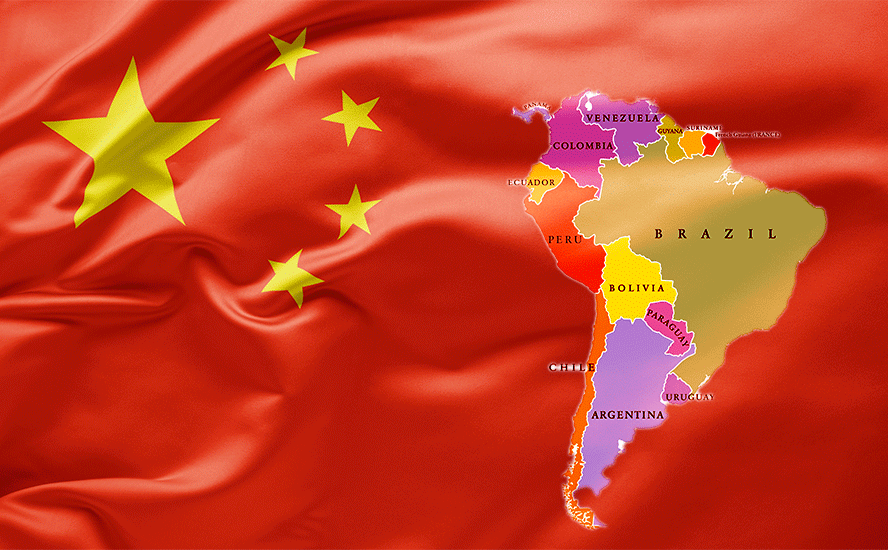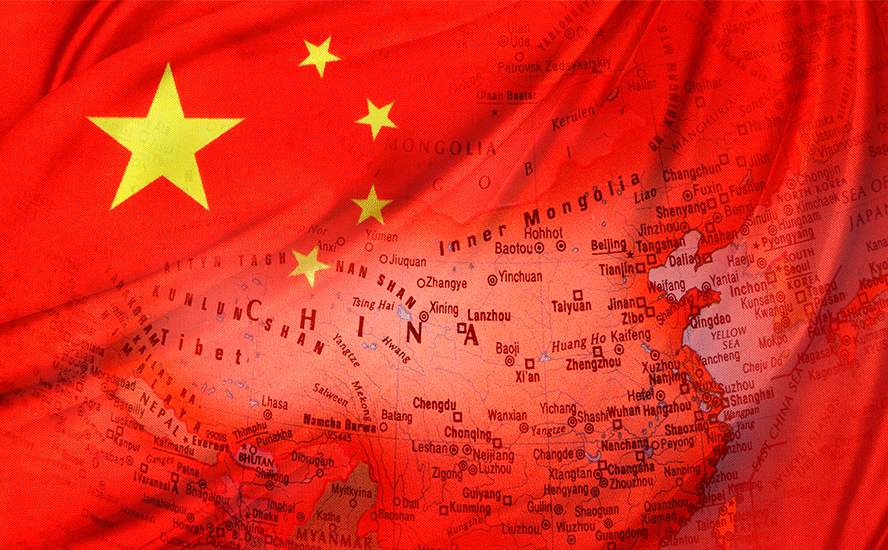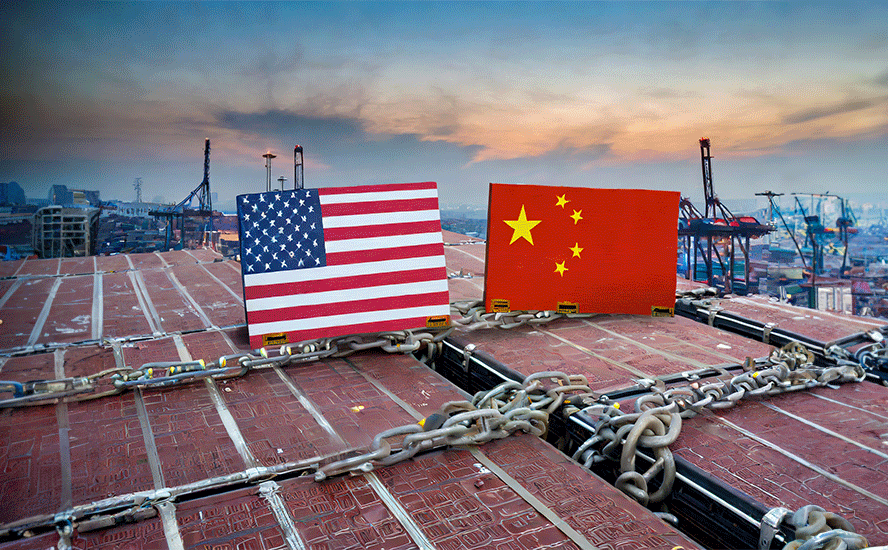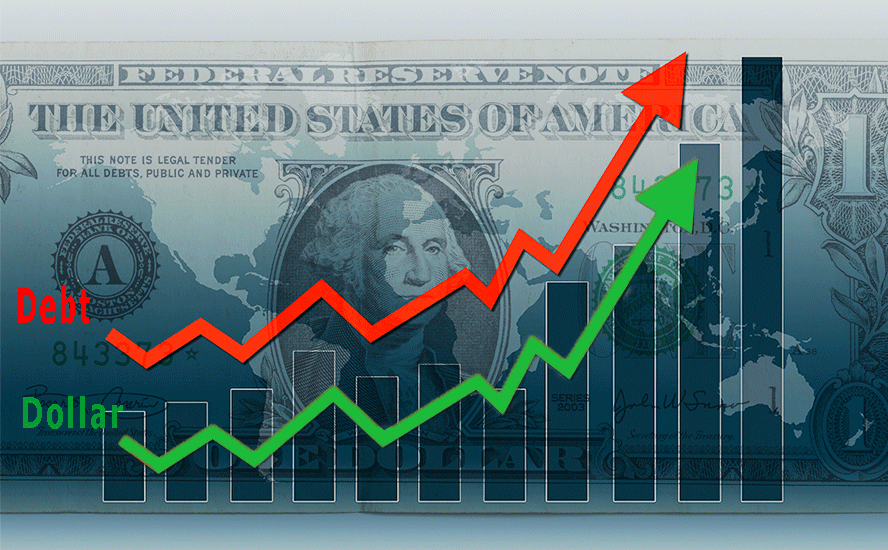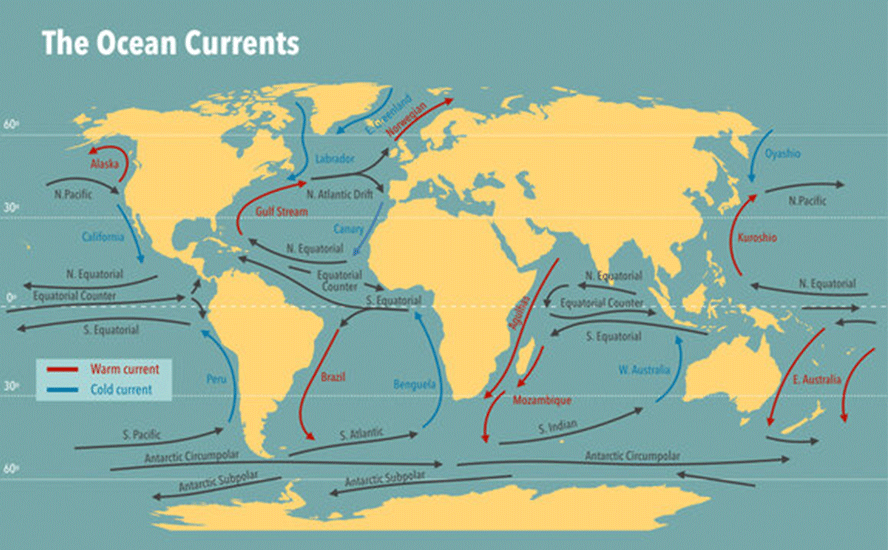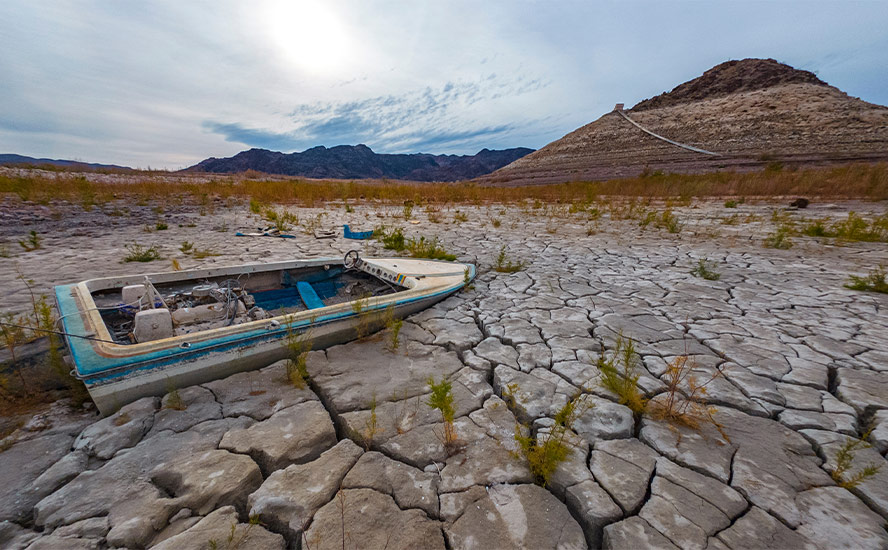How the BC NDP sold the environment down the river

2019.01.10
There once was a time when the New Democratic Party of British Columbia was the party of the working man and woman. The BC NDP has also been the party of activists and agitators for social change – anti-poverty groups, environmentalists, or really anyone who supports the expansion of government to assist society’s less fortunate. This of course has tarred the NDP with the brush of higher taxes.
Since the election of John Horgan as Premier in a fragile coalition with the BC Green Party in 2017, however, the NDP has changed, in some ways, but in others, it’s the same old, same old. While the party differs in fundamental ways from the BC Liberals – whose free-enterprise roots go back to the Bill Bennett Socreds – it has certainly moved to the right of the political spectrum when it comes to energy policy and the environment.
Considering the NDP’s recent embrace of LNG, one might even say that the NDP is breaking away from its environmental wing and is looking more like a party of big business and big labor. Has the party traded in its Birkenstocks for Brogues? This article will test that thesis and walk readers through the often bewildering contradictions in the NDP’s environmental policy, then critique its head-shaker of a climate plan introduced earlier this month.
Farming roots
The British Columbia NDP emerged during the depths of the Depression, in 1933, one year after the founding of the Co-operative Commonwealth Federation in Calgary. The CCF, as it was known, aimed to cure the ills of capitalism, seen as causing the 1929 stock market crash, with a focus on helping workers, farmers, the ill and the old, through public ownership of the economy and political reform.
The conclusion to the CCF’s manifesto read, “No CCF Government will rest content until it has eradicated capitalism and put into operation the full programme of socialized planning which will lead to the establishment in Canada of the Co-operative Commonwealth.” It was affiliated with the Socialist International, a global association of political parties that wanted to establish democratic socialism. Many of the party’s first Members of Parliament were also members of the United Farmers of Alberta.
While the CCF elected MPs in the 1930s and ‘40s, it had its greatest success in provincial politics when in 1944 the Saskatchewan CCF formed the first socialist government in North America, electing Tommy Douglas as Premier. Douglas is famous for bringing in Medicare, Canada’s publicly funded medical system.
In 1961 the CCF and the Canadian Labour Congress joined forced to become the federal New Democratic Party. Provincial NDP parties established affiliations with the federal NDP, a tradition that continues to this day – unlike the federal Liberal Party and the BC Liberal Party which are completely separate.
The BC NDP was formed in 1933 as the BC arm of the CCF. It was originally a coalition of organizations that included the Socialist Party of Canada (BC) and the League for Social Reconstruction. The party won seven seats in 1933 to become the official Opposition, but it took nearly 40 years to form government, in 1972 led by Premier Dave Barrett.
Environmental schizophrenia
The NDP has always leaned towards protecting the environment, along with the rights of workers, but its relationship with the “green”-minded members of the party has not always been cordial, to say the least.
The party under Barrett is known for establishing the Agricultural Land Reserve to protect farmland from development, as well as ICBC – the Crown corporation that has a monopoly over basic automobile insurance.
However when the NDP’s leadership changed to Mike Harcourt in the late 1980s, tension surfaced when Harcourt’s Cabinet exempted Clayoquot Sound, an environmentally-sensitive area, from a province-wide mediation process for land-use conflicts. When now-defunct forestry company MacMillan Bloedel moved in to start clearcutting the old-growth forest, protesters flocked to Clayoquot Sound.
The months-long “War in the Woods” received international media coverage and gave BC a black eye for its forestry practices. Police clashed with protesters who set up blockades on logging roads; some 800 people were arrested. The movement had a brush with fame when Robert Kennedy Jr. showed up at the blockades.
CTV News paints a historical picture in a 20-year look-back:
Starting in July 1993, the protest crowds grew and grew and so did the coverage, reaching around the globe as environmentalists demonstrated outside Canadian embassies and high commissions in England, Australia, Germany, Austria, the United States and Japan.
Australian rock group Midnight Oil played a concert at the protesters’ camp, with lead singer Peter Garrett declaring: “This is no way to look after the land.”
Environmental lawyer Robert Kennedy Jr. upped the star power when he criticized MacMillan Bloedel for destroying the wilderness and suggested aboriginal people should be given control of forest resources.
The protests reached a peak Aug. 9, 1993, when hundreds of men, women and children clogged a logging road bridge leading to the site.
Eventually Harcourt’s government backed down and began an overhaul of BC’s forestry practices; a large portion of Clayoquot Sound was reserved in 1993, with a third of its 262,000 hectares of forest protected from resource development.
Other environmental wins included the rejection, under an NDP government, of Alcan’s Kamano II project, and a ban on mining in the Tatshenshini watershed in the northwest corner of BC. During the NDP’s reign in the 1990s, no new mines were developed.
But it wasn’t long before new fractures appeared. Then-Premier Glen Clark called Greenpeace members “enemies of British Columbia” and “eco-terrorists” for their efforts, along with other environmental groups, to protect a large forested area of BC’s central coast, branded the “Great Bear Rainforest”, from logging. The groups persuaded over 80 companies including IKEA, Staples and Home Depot to stop selling products made from BC’s old-growth forests.
After Carole James was voted NDP leader in 2003, she set off another bitter debate with the party’s environmental wing when she campaigned against the carbon tax introduced by the governing BC Liberals in 2008. Most enviros in the party wanted to raise the tax, not kill it. James’ position also went against the party’s “make the polluter pay” mantra of the early 1990s.
Energy flip flops
But the NDP reserved its most confused environmental policies for recent times, when BC environmental activism shifted from forestry to oil and gas development.
While the NDP sided with environmentalists in opposing the Northern Gateway Pipeline that would have moved oil east to west from the Alberta oilsands to the BC coast (the project was eventually quashed by Justin Trudeau) it was less sure about a proposed expansion of Kinder Morgan’s existing pipeline that would significantly increase the amount of crude oil shipped through Vancouver’s waterways.
During the 2013 election, then-NDP Opposition leader Adrian Dix first said he wanted to wait to see a proposal from the Texas-based company before taking a position on it, but then, a week into the four-week campaign, Dix suddenly announced he was against the project. The about-face seriously backfired, and has been widely pointed to as a major factor in the NDP’s surprise loss to the Liberals.
In a post-election analysis, the Vancouver Sun quoted Tom Sigurdson, head of unionized trades in BC, saying he believes Dix’s flip flop changed the votes of at least some members of the 23,000-strong BC and Yukon Territories Building and Construction Trades Council. The members had been hoping Dix would support the pipeline for the jobs it would create; the NDP has historically received strong union backing.
Another area the NDP got bogged down in was fracking. While the NDP’s environmentalists wanted the party to place a moratorium against the controversial practice, then-energy critic John Horgan, now Premier, said he could live with it.
“We’ve been fracking in B.C. for decades and we do it fairly well. I’ve been to a number of frack sites, and I’m comfortable with the technology,” he said in 2012.
The NDP was adamantly against the proposed Site C Dam in the Peace region, but one year ago approved it, albeit reluctantly. As captain of the orange team in Opposition, Horgan in 2014 argued against Site C because local First Nations opposed it, that it was unnecessary given projected energy needs, and that it would flood a lot of arable land.
By 2016 though Horgan was hedging, saying he wanted more information, and then after the 2017 election, and a review by the BC Utilities Commission, the NDP gave it the green light. Caught in an ugly dilemma between wasting $4 billion in sunken costs plus a 12% increase in hydroelectricity rates, or selling out the natives, farmers and many of his own supporters, Horgan chose the latter. It was the right choice, but it made the NDP look wishy washy, and that Horgan would do anything to preserve his precarious minority with the Greens.
Finally we get to the hypocrisy behind the NDP’s bull-headed opposition to the Kinder Morgan Pipeline, and suddenly “finding religion” in LNG.
From the day it was elected in May 2017, Horgan listened to the environmental wing and argued passionately against the pipeline, continually reminding the public that it would mean a seven-fold increase in tanker traffic leading to a possible spill of heavy oil at sea.
Environment Minister George Heyman, a former Sierra Club executive director, led the charge against the federal government that backed the project, even trying to ask the courts whether BC has jurisdiction to limit substances deemed harmful to the environment from entering the province.
Alberta balked. Premier Rachel Notley and her NDP, supposedly in the same ideological camp as Horgan’s party, temporarily banned the import of BC wine (a complete joke), then passed Bill 12, giving Alberta the right to turn off the oil and gas taps to other jurisdictions.
The irony of the BC NDP’s position became apparent in September when it welcomed a final investment decision by Shell and its Asian partners to go ahead with LNG Canada in Kitimat – after a $C5.3 billion tax break. The FID announced on Sept. 30 came a month after the Federal Court of Appeal quashed approval of the Trans Mountain Pipeline.
The NDP’s acceptance of LNG is all the more puzzling considering that in 2016 the party filed a position with federal authorities against the Pacific Northwest LNG project, citing an increase in greenhouse gas emissions; that project has since been rejected by its proponent, Petronas.
Why is LNG Canada going ahead while the Trans Mountain Pipeline expansion is tied up in more consultation? You only have to follow the money to find out why.
Horgan’s NDP government approved the $10.7 billion Site C dam last year, knowing full well that it would be needed to power LNG Canada and future LNG plants, which are in the works. Add in the cancellation of Kinder Morgan, the fact there are only so many pipeline routes through mountainous BC, and a $5.3 billion tax break given to LNG Canada, and the evidence only points in one direction: the BC NDP favoured LNG over oil.
The fallout with environmentalists was immediate.
“Without a clean growth strategy that puts B.C. on track to our climate targets, the LNG Canada project would take B.C. in the wrong direction,” the Georgia Straight quoted Pembina Institute B.C. managing director Karen Tam Wu.
“In addition to the climate considerations, scientific research has not fully caught up on the many impacts of unconventional gas development,” she added. “Recent research demonstrates evidence of risks posed by hydraulic fracturing to our water resources and public health. In the absence of further investigation, we should be cautious about putting our communities at risk.”
No clue on climate
Desperate to appeal to its snubbed greeny membership, the NDP revised its climate strategy and unveiled a new climate plan earlier this month. While the party fulfilled a campaign promise to raise the carbon tax (starting April 1 it will rise by $5 per tonne of CO2 emissions, the first of four annual increases that will bring it to $50/t in 2021) it does little else to reduce greenhouse gas emissions (GHGs) and is wildly unrealistic in its goals.
A few good examples:
- LNG Canada is estimated to emit 3.4 million tonnes of GHGs a year. Opponents say the project will blow the NDP’s goal of cutting GHGs by 40% by 2030 and 80% by 2050, out of the water. Will a $50 per tonne carbon tax really incentivize the consortium to switch from burning natural gas to hydroelectricity, in compressing natural gas to liquid? It’s more likely to be seen as a cost of doing business. And, considering the NDP’s willingness to give LNG Canada a C$5.3 billion tax break for 40 years, it’s likely the company will press for some kind of deal, either a carbon tax reduction, or selling carbon credits to another polluter.
- The “Clean BC” plan supposedly accounts for 75% of the 2030 GHG emissions reduction target. The remaining 25% will be decided in the next two years. Translation: we haven’t figured it out yet.
- The new climate plan calls for all new buildings to be “net zero energy” by 2030. Net zero energy means a building’s total energy needs could be met with renewable sources like solar. Imagine how much it would cost for every new home and commercial building among British Columbia’s population of nearly $5 million to be solar-ready? While it doesn’t give a total cost figure, here are some of the expenses that would be involved in gearing up a commercial building. A US building trade magazine did give a figure, basing it on a study of 22 green federal buildings across the US. Upgrading just one building to LEED standards, the Census Bureau Headquarters in Maryland, cost US$307 million. Presumably it would cost as much or more to construct a green building from scratch.
- As for existing buildings, the province is allocating $400 million for retrofits and renovations. Homeowners who comply will get rebates up to $2,000. The province aims to improve 16,000 households a year – representing only 1.5% of every building in BC – by 2030. $400 million for this? Impossible!
- On to zero-emission vehicles, the plan calls for all cars to be zero emissions by 2040. These can be electric vehicles or hydrogen fuel cell vehicles. The NDP’s planned EV penetration rate is modest to say the least: 10% by 2025, 30% by 2030, 100% by 2040. There are currently about 12,000 zero emission vehicles in BC. Most must be EVs because there are only a few models of hydrogen fuel cell vehicles available, and virtually no charging infrastructure. Ontario has two public charging stations and BC has one, built earlier this year. In all of the US there are only 34. To incent motorists, the province is offering a rebate up to $6,000 to make the switch, to be paid for from a budget of $20 million. It plans to double the number of EV charging stations to 121. That’s not a lot.
Again, think for a moment how inadequately costed this is. In 2016 there were 3.6 million vehicles registered in BC. A compact four-door EV, suitable for a family, is priced around C$40,000. Subtract $5,000 for the rebate and you’re looking at C$35,000. The zero-emissions legislation will apply to all new vehicles sold in BC. Predictions are tricky, but let’s say the 3.6 million vehicles is the same in 2040 (though it is likely to be much higher). If 10% of those cars are still fossil-fueled and have reached the end of their lives by 2040, buying a new one would cost (in today’s numbers not 2040’s, so not taking inflation into account) BC motorists $12.6 billion. ($361,537 X $35,000). That’s 632 times the $20 million the BC government is currently budgeting to help drivers make the switch. Looks like BC drivers will be on their own to foot the bill.
Needless to say, there is no way that BC can possibly meet its climate targets with this toothless, vague, ridiculous climate plan.
What about the Greens?
If the BC NDP party can’t protect the environment and present a viable strategy for dealing with climate change, surely the Green Party can.
According to the BC Greens’ manifesto, the party will reduce greenhouse gas emissions by changing behaviour; using more energy-efficient machinery and appliances, making buildings more energy-efficient; manage fugitive oil and gas emissions; replace natural gas power plants with ones run by renewables; adopt low-carbon fuels; and have a strategy to utilize forest carbon sinks.
Leader Andrew Weaver has been quick to criticize the NDP’s pro-development decisions on Site C and LNG, but was strangely silent on the release of the climate plan. Perhaps he didn’t cost it out like we did.
As the party holding the balance of power (its 3 seats plus the NDP’s 40 beat the Liberals’ 42) the Greens could in theory bring down the government with a no-confidence motion. But it has no hope of that vote passing on issues related to LNG or Site C, since the pro-industry Liberals would toe the industry line and vote with the NDP, swamping the party’s measly three votes.
So Weaver can protest as much as he likes on decisions the NDP makes his party disagrees with, but he needs all the Liberals on side to force an election. Of course there are other issues besides the environment the Greens could solicit Liberal support. Speculation is that Weaver is hoping for a Yes vote in the referendum on proportional representation before he tries that; PR would work in the Greens’ favor in getting more seats after 2021, the earliest it could be used in a provincial election.
Conclusion
Considering the NDP’s fractious history with environmental groups and the climate change crowd within its ranks, we shouldn’t really be surprised to see the NDP flip flop on Site C, Kinder Morgan (under Adrian Dix), and LNG.
On the one hand the party needs to appeal to its traditional blue-collar base – by supporting industrial jobs in industries that more “progressive” elements of the NDP disagree with. Yet policy is also being increasingly driven by urban NDPers who may never have been far outside the Lower Mainland or Victoria and seen an actual industrial site. The party now attracts as many, or more professional unionists – teachers, nurses, government workers, etc. – as unionized workers in traditional blue-collar unions like the ILWU and the IWA, which merged with the United Steelworkers in the early 2000s.
These left-leaning people are usually highly educated, hold globalist views, are small-l liberal, and generally side with the NDP’s environmental wing that want to see an end to our highly carbonized economy.
Up to the 2017 election the BC Liberals took advantage of the NDP losing touch with rural, resource-based BC (mostly forestry and mining) by grabbing seats in traditional NDP strongholds like Vancouver Island and the Kootenays.
This shift could be symbolized by Christy Clark standing shoulder to shoulder with members of the 1,800-member Ironworkers Union as the Liberals geared up for the 2017 election. The union embraced Clark’s Jobs Plan and castigated the NDP for not having one – and for saying No to the Site C Dam, George Massey bridge and Site C, which together promised thousands of jobs.
The snub was especially poignant because former NDP Premier Glen Clark worked as an organizer for the union.
But by then, most of the union heavyweights that defined the NDP throughout the ‘80s and ‘90s had moved on, including tough-talking Ken Georgetti, President of the BC Federation of Labor, and Jack Munro, the large, colorful, bellicose head of the IWA, who defended the resource extraction industries as the paymaster of the province’s generous social programs.
In a tribute to Munro written after his death in 2013, political commentator Bill Tieleman relates a hilarious story that Munro told at his retirement dinner in ‘92:
“One day, Syd Thompson and I went at night to knock at the door of a guy we wanted to join the IWA in a plant we were organizing. The guy opened the door with a loaded shotgun pointed at us and said: ‘You’ve got three seconds to get off my property before I shoot you both.’ We ran like hell and when we were down the road, Syd asked if I was scared. Scared? Syd, you couldn’t drive a hatpin up my asshole with a fucking sledgehammer!”
It brought down the house. Classic Munro!
These days the NDP is still beholden to big labor; probably the bond is much stronger than while the party sat on the Opposition benches for 16 years. In 2017 the party took a lot of flack when it was discovered that salaries of some of the NDP’s senior campaign staff were being funded by the United Steelworkers Union. The same year the NDP received nearly a third of its donations from unions – $5 million out of $14.2 million.
Since forming government with The Greens in fall of 2017, the NDP has passed a requirement to hire unionized workers on government infrastructure projects, upped the minimum wage, and plans to review the labor code.
So does the NDP still support the little guy? Not so much. According to a recent study by The Fraser Institute, BC families are paying up to $2,000 more in annual taxes, depending on their income level. The government also plans to scrap MSP premiums, but is passing the cost onto employers, through a new “Employer Health Tax”. The tax will apply to all businesses with a payroll of $500,000 or more – putting it well within the realm of small businesses.
The question asked at the beginning of this article was, “Has the party traded in its Birkenstocks for Brogues?” The conclusion after analyzing the NDP’s past and present environmental record must be Yes. Today’s NDP is highly dependent on the support of large unions and is increasingly big business-friendly – perhaps more than previous NDP regimes, considering its endorsement of LNG Canada, and its willingness to grant generous tax subsidies to entice foreign companies to develop a new liquefied natural gas industry – despite the environmental costs.
Having the support of both big labor and large corporations could work in the environment’s favor if these forces are put in the service of reducing greenhouse gases and developing a clean energy economy – including better facilitation of the shift to electric vehicles. Unfortunately though it seems the BC NDP has a different agenda.
Richard (Rick) Mills
Ahead of the Herd is on Twitter
Ahead of the Herd is now on FaceBook
Ahead of the Herd is now on YouTube
Legal Notice / Disclaimer
This document is not and should not be construed as an offer to sell or the solicitation of an offer to purchase or subscribe for any investment. Richard Mills has based this document on information obtained from sources he believes to be reliable but which has not been independently verified. Richard Mills makes no guarantee, representation or warranty and accepts no responsibility or liability as to its accuracy or completeness. Expressions of opinion are those of Richard Mills only and are subject to change without notice. Richard Mills assumes no warranty, liability or guarantee for the current relevance, correctness or completeness of any information provided within this Report and will not be held liable for the consequence of reliance upon any opinion or statement contained herein or any omission. Furthermore, I, Richard Mills, assume no liability for any direct or indirect loss or damage or, in particular, for lost profit, which you may incur as a result of the use and existence of the information provided within this Report.
Legal Notice / Disclaimer
Ahead of the Herd newsletter, aheadoftheherd.com, hereafter known as AOTH.Please read the entire Disclaimer carefully before you use this website or read the newsletter. If you do not agree to all the AOTH/Richard Mills Disclaimer, do not access/read this website/newsletter/article, or any of its pages. By reading/using this AOTH/Richard Mills website/newsletter/article, and whether you actually read this Disclaimer, you are deemed to have accepted it.



